But what exactly is pad printing? And why has it become the technology of choice for everything from electronics to promotional products? Let’s dive into pad printing to explore how it works, its benefits, uses, and more.
Definition of pad printing
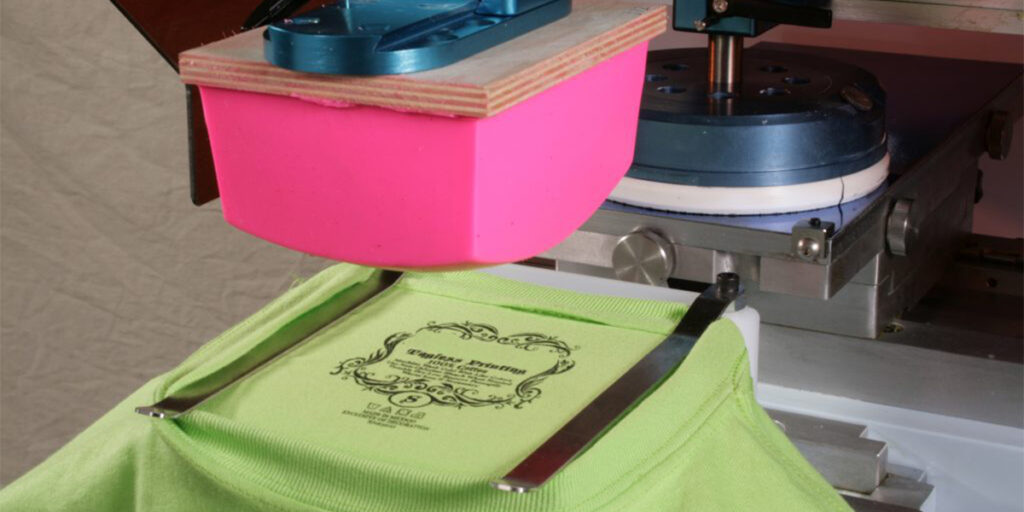
Pad printing, also known as tampo printing, is a printing process that transfers a two-dimensional image onto a three-dimensional object.
A flexible silicone pad is used to transfer the image from a printing plate (also known as cliche) to the surface of a three-dimensional object. This method allows printing on products with irregular or complex shapes, such as curved surfaces or spheres.
Essential parts required for pad printing
Pad printing pad
The pad picks up ink from the stencil and transfers it to the substrate. Its flexibility allows it to adapt to a variety of shapes.
Pad printing plate (cliché)
The plate is typically made of a flat metal or plastic plate with the image or pattern to be printed. During the pad printing process, ink is applied to the surface of the pad, which is then pressed against the plate to absorb the ink.
Ink cup
The ink cup holds the ink during the pad printing process. It slides back and forth on the pad, keeping the ink on the pad while also removing excess ink. The ink cup usually includes a scraper to help remove any extra ink.
Pad printing ink
Pad printing ink typically consists of pigments, resins, solvents, and additives and can be customized to achieve different colors, finishes, and opacities based on the application and printing material. It is known for its quick drying and tackiness.
How does pad printing work?
Pad printing is a versatile process that involves transferring an image from a printing plate to a substrate using a silicone pad. Here’s how it works:
1. Prepare pad printing plate
The image or pattern to be printed is etched into a metal or plastic plate through chemical etching or laser engraving, creating recesses in the areas that will receive the ink.
2. Ink preparation
The ink cup is placed over the plate to cover the image and fill it with ink. Ink is applied to the plate, filling the recessed areas. The ink cup then scrapes off the excess ink, leaving only the etched portions in ink.
3. Transfer to the pad
A soft, flexible pad printing pad is pressed against the inked plate. The pad picks up the ink from the recessed areas.
4. Transfer the image to the substrate
The pad printing pad with the inked image is pressed against the substrate (the object being printed). Because of the pad’s flexibility, it can conform to various shapes, including flat, cylindrical, or irregular surfaces.
5. Drying and curing
The pad lifts from the substrate, leaving the ink behind to dry and complete the printing process.
6. Reprinting
The pad and ink cup move together as the ink cup refills the recessed area on the plate, and the pad picks up the ink again. By repeating this cycle, multiple prints can be completed.
What is pad printing used for?
Pad printing is widely used to print on a wide range of materials such as plastics, metals, glass, ceramics, and even fabrics. It is extensively used in the automobile, electronics, medical equipment, promotional products, and consumer goods industries.
Promotional products: Pad printing is a popular method for printing logos, branding features, or unique designs on promotional goods such as pens, key chains, USB drives, mugs, and other freebies.
Electronic products: Many electrical equipment, such as keypads, remote controllers, and phone covers, necessitate accurate and long-lasting printing. Pad printing is ideal for printing on unevenly shaped electrical component surfaces.
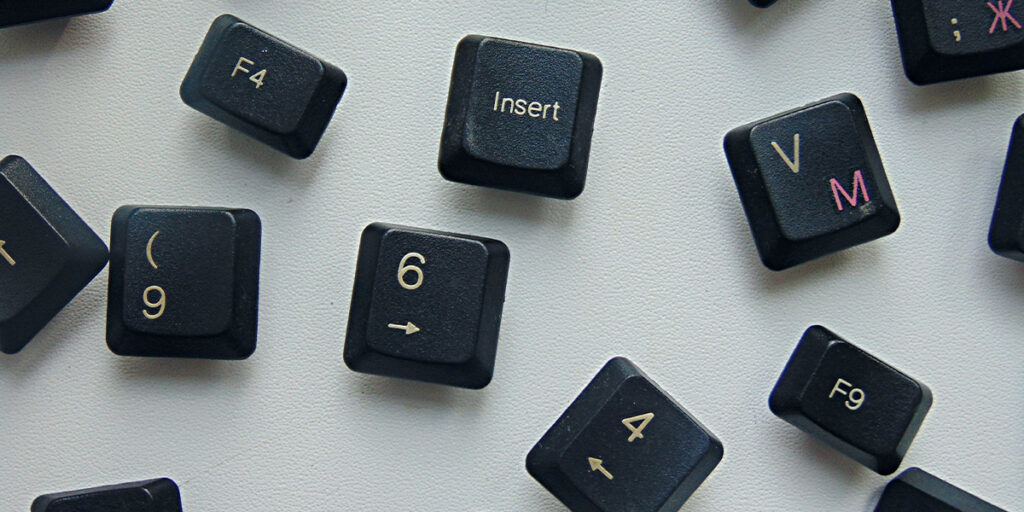
Automobile industry: Pad printing is commonly used in the automotive industry to attach labels, insignia, and emblems on dashboards, buttons, knobs, and other interior and external car components.
Medical instruments: Pad printing is used in the medical industry to brand medical devices and equipment such as syringes, catheters, dialysis machines, and prosthetics. Pad printing inks are often resistant to sterilizing treatments.
Toys: Toys, puzzles, game boards, and playing cards are frequently printed with designs, characters, or safety notes using pad printing.
Glassware and ceramics: Pad printing can be used on glassware, ceramic cups, and plates for detailed and exact printing. Pad printing, for example, is used to print numerous patterns on ceramics.
Sports equipment: In the sports sector, pad printing is used to add logos, brand names, or marks on equipment such as golf balls, hockey sticks, helmets, and tennis rackets.
Aerospace and industrial components: Pad printing is used to mark and mark aeronautical components, industrial tools, control panels, and other mechanical elements.These are just a handful of the numerous applications for pad printing. Its adaptability, ability to print on a wide range of materials, and handling of complex geometries make it a valuable printing process in a wide range of sectors.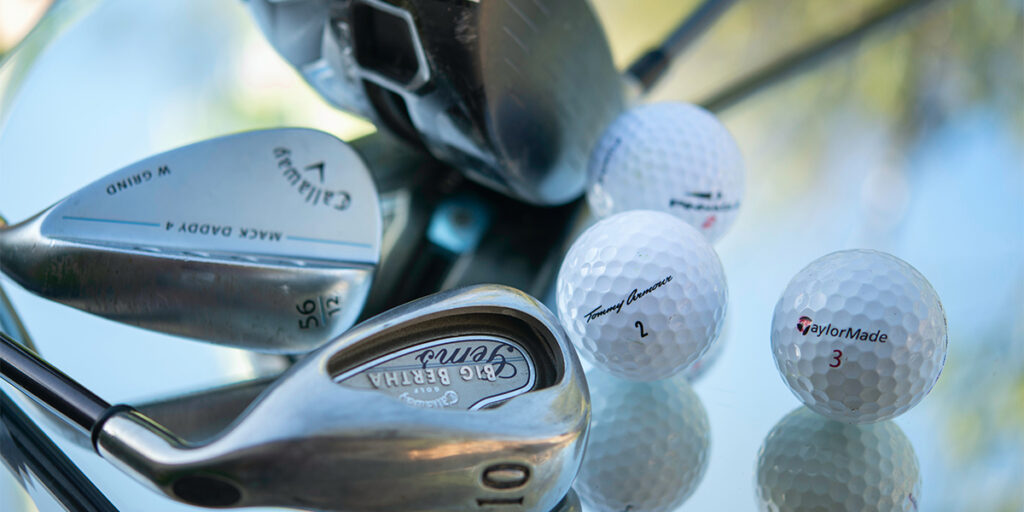
Pros and cons of pad printing
Pros of pad printing
Versatility: Pad printing is suitable for a wide range of substrates, including polymers, metals, glass, ceramics, fabrics, and others. It adheres and lasts well on a variety of materials.
3D printing: Pad printing, unlike other printing techniques, can print on curved, uneven, or textured surfaces, making it ideal for things with complex curves or contours. Pad printing produces good results whether printing on golf balls or intricate shaped medical devices.
High resolution and fine details: Pad printing is ideal for delicate designs, small text, and logos with intricate patterns because it enables for high-resolution printing and exquisite detail.
Cost-effectiveness: Pad printing equipment and consumables are generally inexpensive when compared to other printing processes, particularly for small to medium production runs.
Durability: Pad printed prints are extremely robust and resistant to abrasion, fading, and environmental conditions, ensuring long-term excellence.
Cons of pad printing
Color restrictions: Pad printing is best suited for designs with a restricted number of colors, often one to six. Complex multi-color designs may necessitate many passes or additional setups, lengthening manufacturing time and increasing costs.
Production rate: Pad printing is typically slower than other printing technologies such as screen printing. Multiple processes are involved in the process, including ink application, pad printing, and drying time, all of which can affect output speed.
Selection of ink: Pad printing requires careful ink selection to provide optimal adhesion, color vibrancy, and durability. Experimenting to discover the proper ink for your individual substrate and design requirements may be necessary.
Conclusion
Do you have any knowledge about pad printing? You may learn more about printing technology by following our blog.
Finally, pad printing is a versatile and efficient printing process that may be used on a variety of surfaces and applications. Pad printing, with its capacity to print on irregular forms, three-dimensional surfaces, and a variety of materials, provides organizations with the flexibility to accomplish precise and long-lasting printing.
JetPrint does not currently use pad printing products. Instead, we rely on sublimation printing, heat transfer printing, and UV printing.
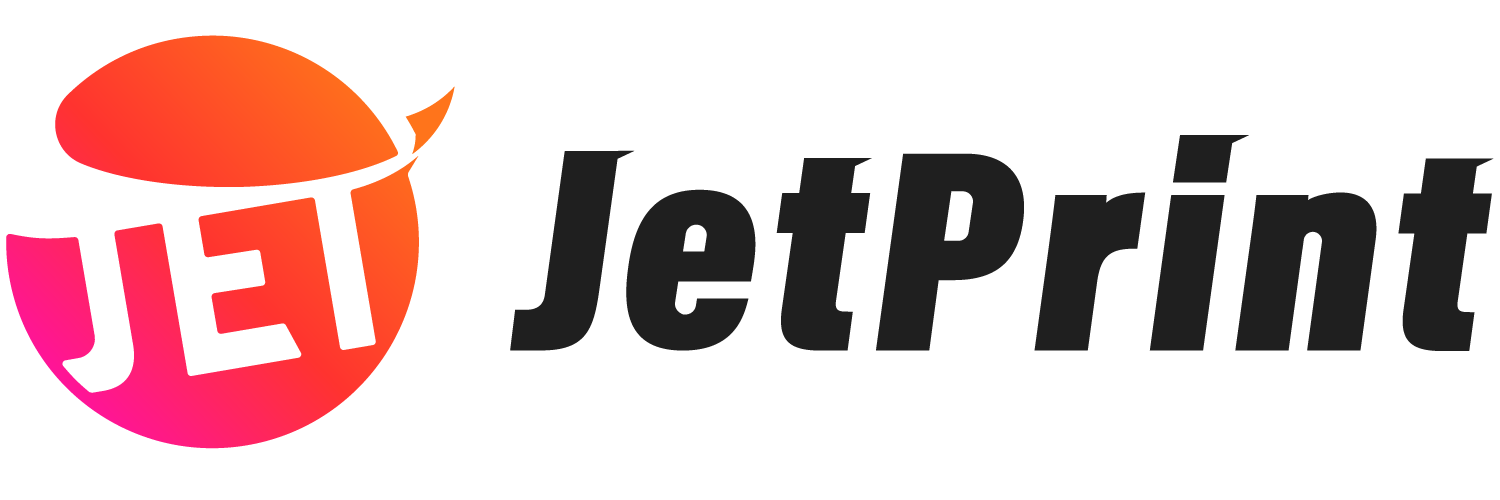
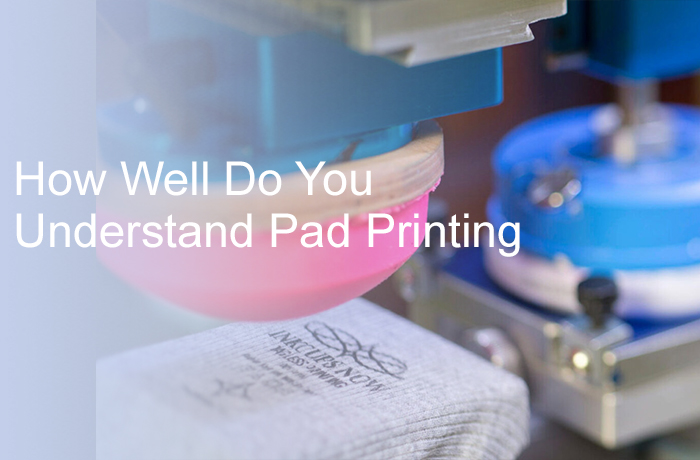
0 Comments